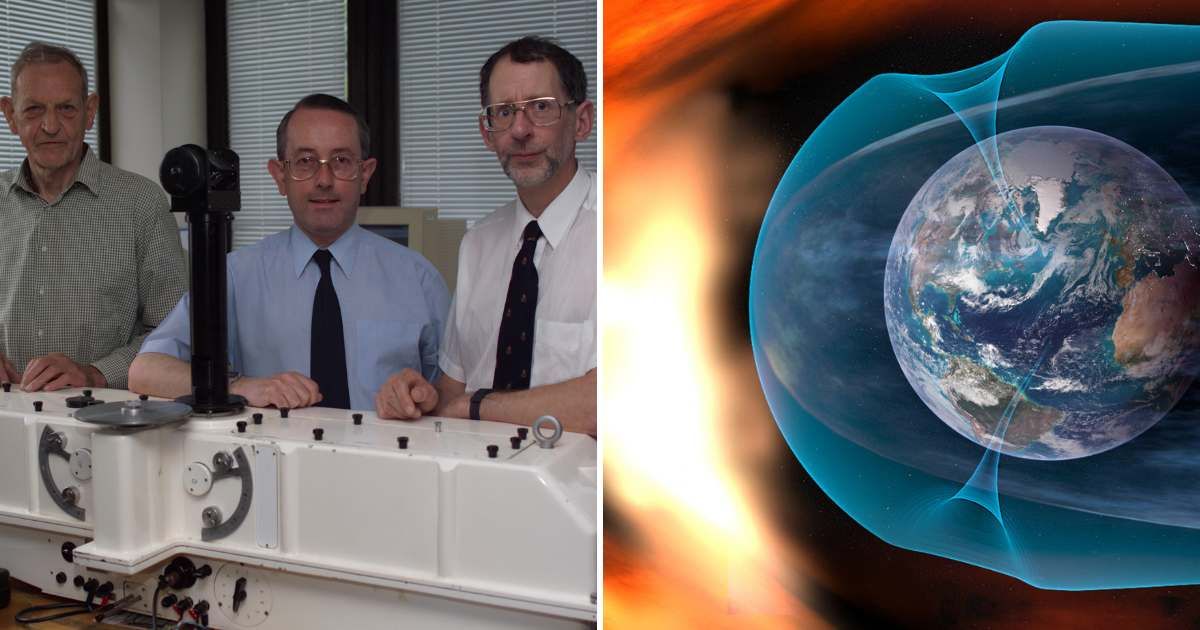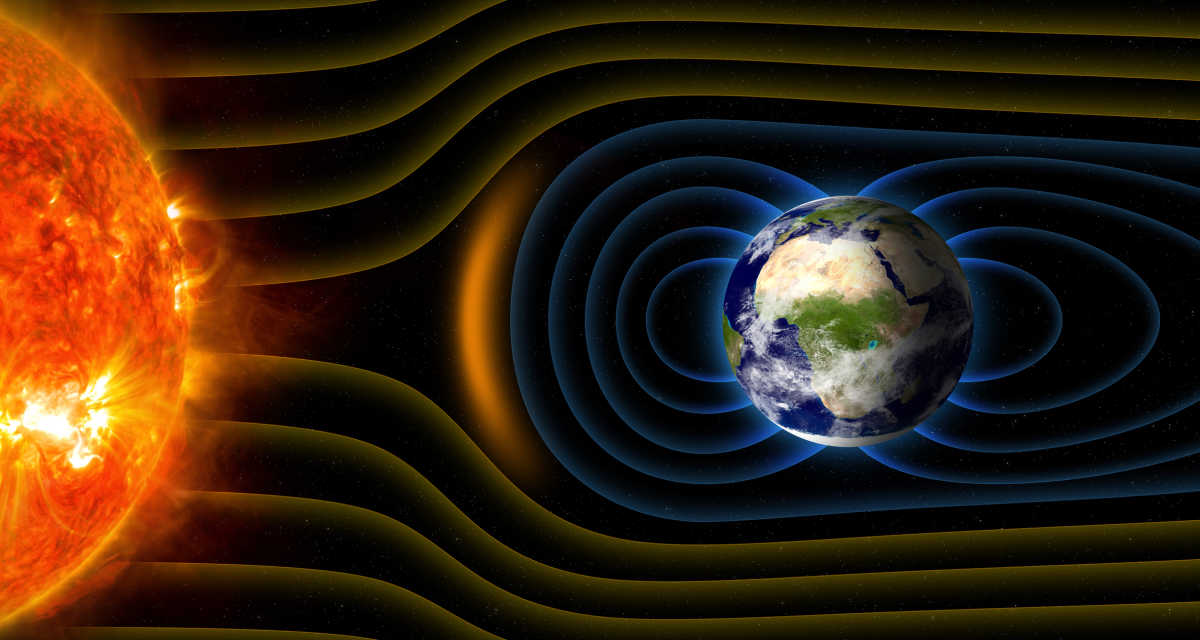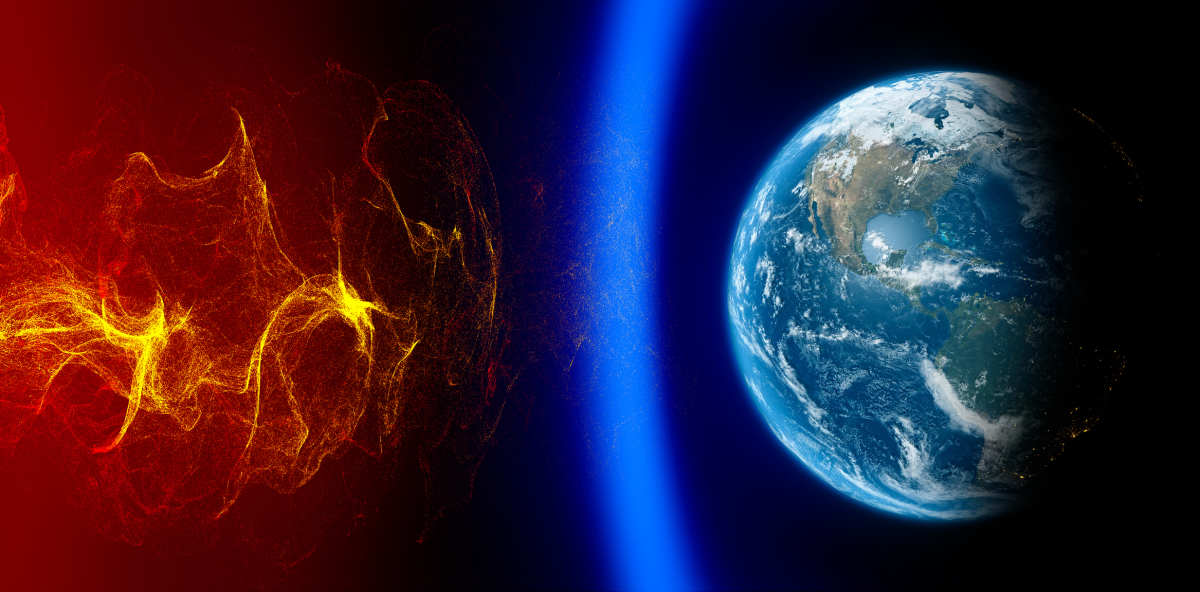Scientists Made a Startling Discovery About Antarctica’s Sky In 1985 — Now, It’s Saving Our Planet

Surrounded by a thick blanket of snow, Halley Research Station stood out on the white-scape of Antarctica, tucked in a remote corner of an ice tongue floating on the Weddell Sea. Deep in the corridors of the station, three scientists were slumped on their chairs inside a laboratory, studying readings on computers. The laboratory was designed to study Earth’s magnetic field and atmospheric conditions. At one point in time, they noticed that the computers were showing numbers that seemed peculiar and unusual. They checked and re-checked the data. The numbers were correct. Then they published a study in Nature.

Thanks to their eagle-eyed observation; otherwise, who knows? Human civilization could have been wiped away from the Earth. Forty years later, in May 2025, the British Antarctic Survey (BAS) celebrated this moment, marking the 40th anniversary. In that moment in 1985, the three scientists present in the BAS laboratory were Joe Farman, Brian Gardiner, and Jonathan Shanklin.
As the sun returns to Antarctica, so does the Ozone hole. The hole was discovered in 1985 by BAS scientists who were monitoring atmospheric gases above the continent. pic.twitter.com/39SSaTgrx6
— British Antarctic Survey 🐧 (@BAS_News) September 16, 2019
“When we first noticed the change in numbers, I remember thinking it might have been something peculiar to Antarctica. We checked and rechecked the data, working through the backlog of observations. But eventually we realised we were seeing something significant – and potentially alarming,” Shanklin, who continues to work with BAS as an Emeritus Fellow, shared in a press release.
I'm old enough to remember when the hole in the ozone layer killed us all off.
— The Only James Magelk (@TheMagelk) July 13, 2025
What was so remarkable about this discovery? Well, the moment is famous for the discovery of the “ozone hole” that lingers in the sky above Antarctica. After reading the numbers on their computers, the scientists had reported an unusual thinning in the ozone layer, primarily due to CFCs (chloro-fluro-carbons), the same compounds that help in the functioning of your refrigerators, air conditioners, and probably some electronics too. The thinning was recorded by an eerie-looking instrument called a Dobson ozone spectrophotometer.

“The discovery of the ozone hole stands as one of the most important environmental discoveries of the 20th century and demonstrates how robust science, clear communication and international cooperation can address planetary-scale threats,” Professor Dominic Hodgson, interim Director of Science at BAS, said in the press release. Two years later, the discovery led to the creation of the Montreal Protocol, an agreement that froze the production and use of ozone-depleting substances.

Without the development of this protocol, the world would still be grappling with uncertainty related to a spectrum of diseases, such as cancer. Since the ozone-depleting chemicals were prohibited, they prevented harmful UV radiation from reaching the planet Earth, thereby saving thousands of lives. “The UN Environment Programme estimates that by 2030, without the protocol, global skin cancer cases would have been 14% higher, resulting in nearly 300 additional deaths annually in the UK alone,” claims the press release.
You perfectly describe why climate change needs to be taken seriously and action taken
— Dr. Andy Palmer (@AndyatAuto) July 13, 2025
In the 1980s, scientists discovered a huge “hole” in the ozone layer over Antarctica. It was caused by chlorofluorocarbons (CFCs) and other man-made chemicals used in aerosols, fridges, and…
Another research funded by UK Research and Innovation found that prolonged usage and exposure to CFC chemicals could have triggered global air temperature to rise by an additional 2.5°C by the end of the century. Imagine a scene where global warming is at such an intense spectrum. Ozone layer is a protective sheath that shields life on Earth against harmful radiation, ultraviolet being one of them. A high concentration of gas accumulated in this layer soaks up these radiations before they can reach the surface of our home planet. It's like the bread of a sandwich becoming too soggy that it starts crumbling apart.

If these bread slices fall apart, they won’t be able to hold the vegetables and the sauces, and the stuffing any longer, leading to the collapse of the entire sandwich. What these breads are to the sandwich, the ozone layer is to the Earth. And discovering a giant hole in the layer meant that the vegetables, a.k.a. life on Earth, were on the verge of collapse. Four decades later, the discovery is a remarkable reminder of how science and technology can predict the future and save it, too.
More on Green Matters
Here’s What Will Happen if Our Entire Planet Loses Oxygen for Just 5 Seconds
What Earth in 2050 Will Look Like if Global Warming Blows Past the 1.5-Degree Celsius Limit
Earth’s Oceans Are Turning Greener Due to Climate Change - Scientists Say It’s Not a Good Sign